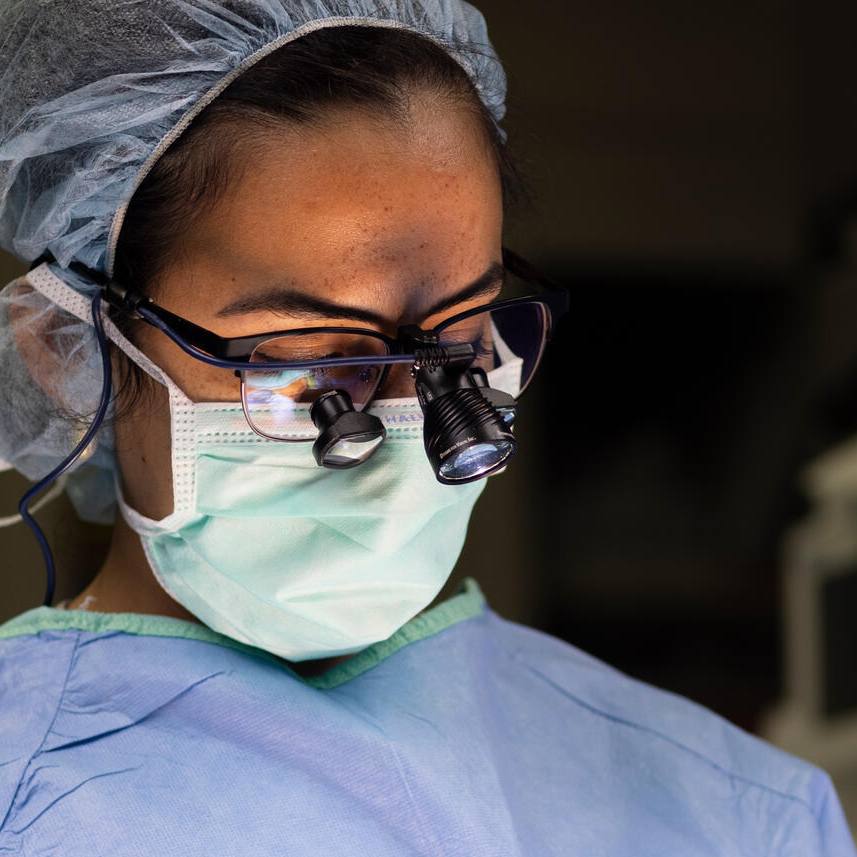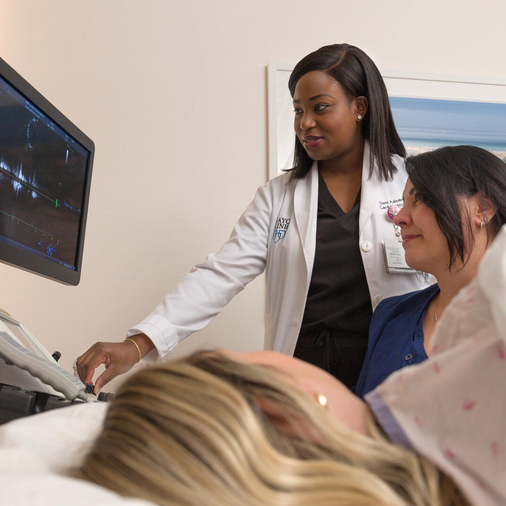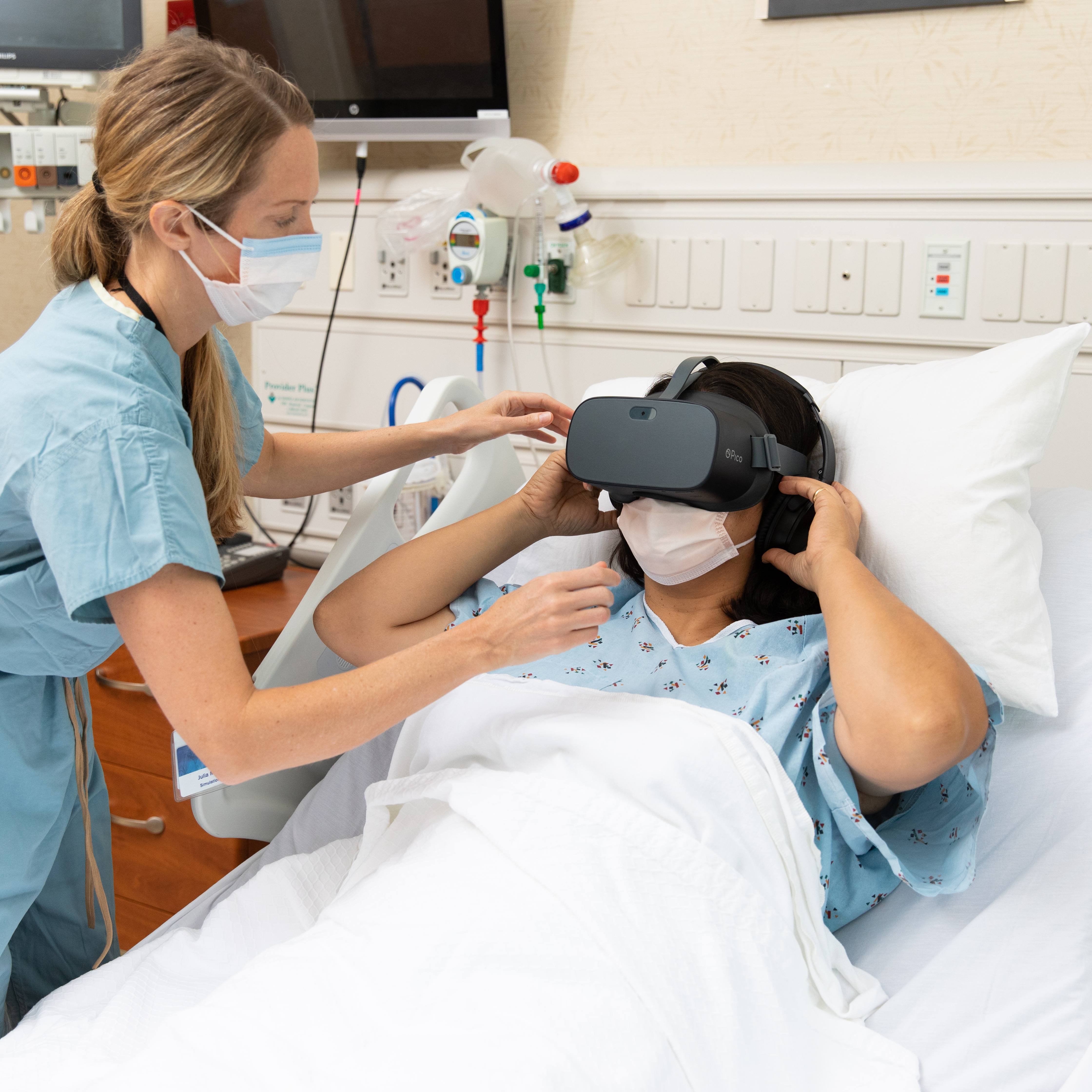-
Using AI to screen 30 million drug candidates against SARS-CoV-2
Mayo Clinic researchers and collaborators used computer simulation and artificial intelligence to virtually screen 30 million drug candidates that may block SARS-CoV-2, the virus that causes COVID-19. In a paper published in Biomolecules, researchers accelerated drug discovery to identify the most promising targets for additional study. They are interested in finding new treatments for COVID-19.
"We used a multidrug platform to screen the drug candidates," says Thomas Caulfield, Ph.D., a molecular neuroscientist at Mayo Clinic and senior author of the paper. "We looked at FDA-approved and clinically tested drugs, as well as novel compounds. By using the computational power of advanced technology, we could determine the best drug, gleaned from a compound library, for further investigation."
The research was conducted using computer simulation, called in silico screening ― meaning in silicon, or in the computer ― and validated using biological experiments with live virus. This type of research uses digital databases and mathematical constructs to identify potentially useful drug compounds. Other types of research take place in cell lines ― what's called in vitro ― or in living organisms, such as mice or humans ― what's called in vivo.
Researchers started with 30 million drug compounds. Virtual screening tools made predictions about the behavior of the various drug compounds, modeling how they would interact with biological targets on SARS-CoV-2 particles. In silico screening narrowed the focus to 25 compounds. Then for deeper analysis and testing in a laboratory, the researchers conducted a pilot study on the 25 compounds against infectious SARS-CoV-2 in human cell cultures. They later tested for a common problem with drugs: toxicity.
Since one of the liver's tasks is to clean blood, which includes the components of medication, the team created a model of a human liver on a honeycombed surface, no bigger than the size of a pencil eraser. Researchers were able to predict that all 25 compounds would be safe for human livers.
"The goal is to turn off the infection and get cells back to being healthy," says Dr. Caulfield. "We want to aggressively target the SARS-CoV-2 replication cycle on multiple fronts, inhibiting viral entry and spread."
Researchers hope that a combination of drugs, similar to a drug cocktail used to treat HIV, could complement the vaccination approach for COVID-19. Dr. Caulfield says the next step is to build on the new findings. Researchers plan to test combinations of drugs for synergistic pairings that could prove more potent against the virus than a single compound.
"This discovery paves the way for future drug design and preclinical trials that will allow accelerated delivery of candidate drugs."
Dr. Caulfield led the drug screening team, which included colleagues from Mayo Clinic in Florida and Mayo Clinic in Rochester, as well as researchers from Brigham and Women's Hospital (an affiliate of Harvard Medical School), and the University of California, Riverside. Funding for this research was provided by the National Institutes of Allergy and Infectious Diseases, the National Institutes of Health, Mayo Clinic, and Mayo Clinic's Center for Individualized Medicine. For the full author list, funding information and conflict of interest statement, see the article in Biomolecules.








